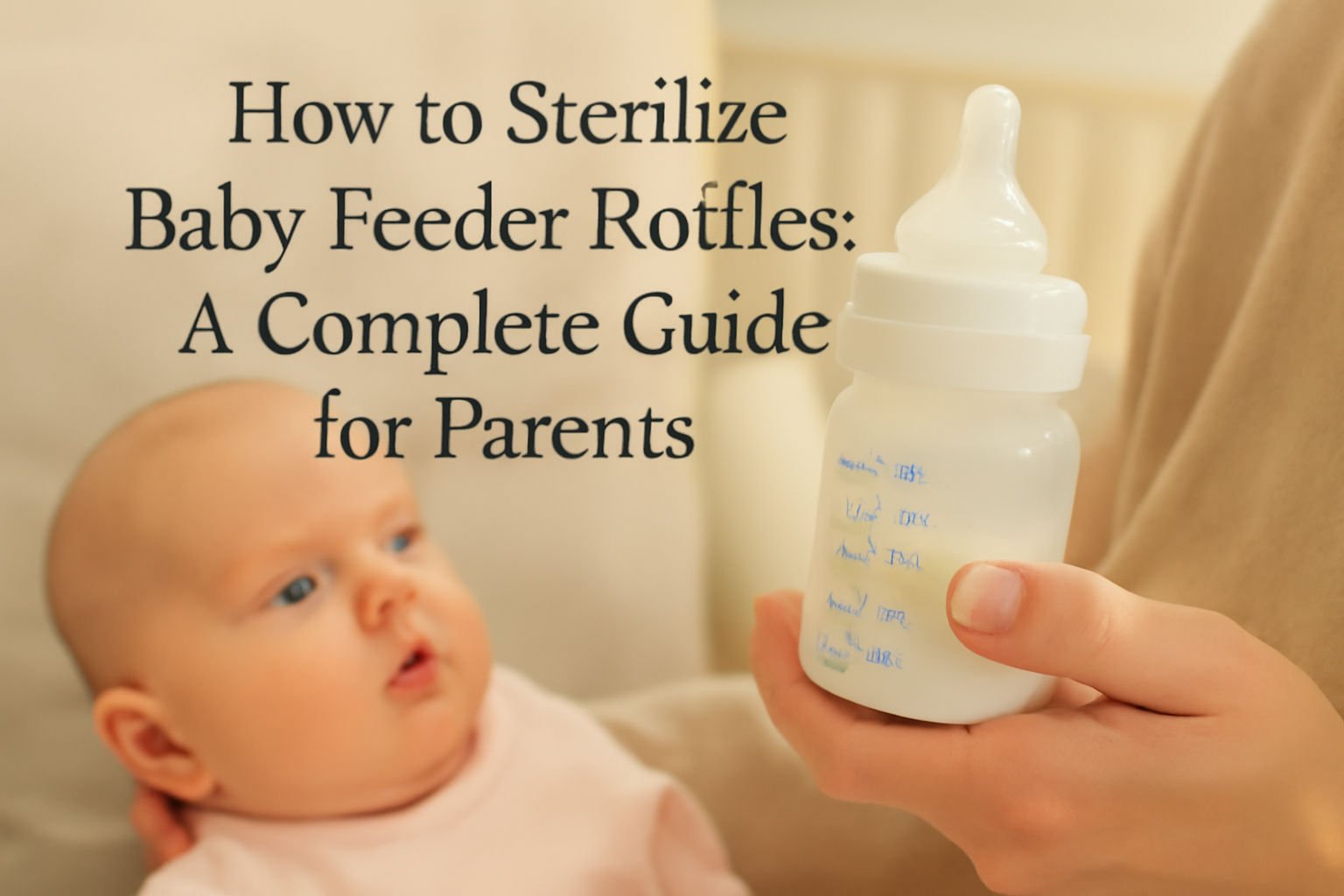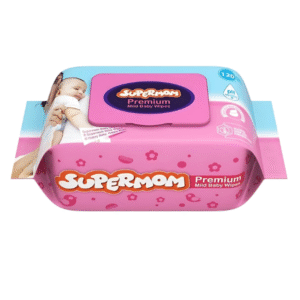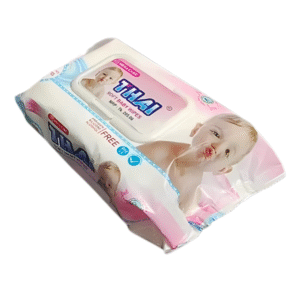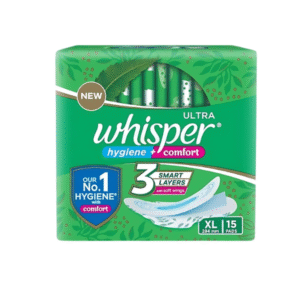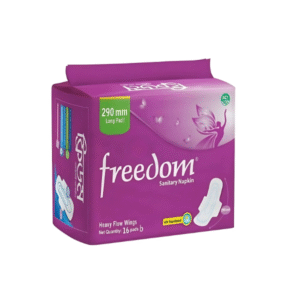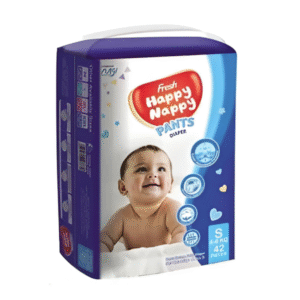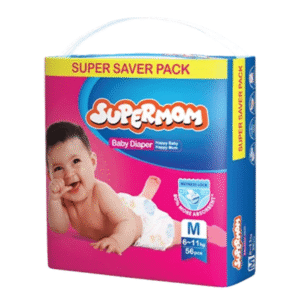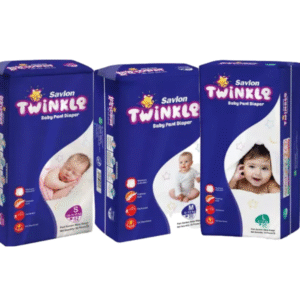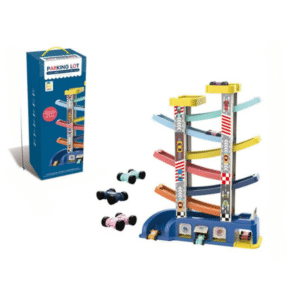Feeding a baby safely goes beyond choosing the right feeder bottle. Proper cleaning is critical to ensure that the bottle is hygienic, bacteria-free, and safe for daily use. Improper cleaning can lead to health risks, discomfort, and feeding difficulties for newborns and infants.
At Baby World Bangladesh, we prioritize safety, convenience, and hygiene. Our baby feeder bottles and nursing accessories are designed to make cleaning, sterilization, and maintenance easy for busy parents. This guide explores the consequences of improper cleaning and how to maintain the highest hygiene standards.
Why Hygiene Matters in Baby Feeder Bottles
Newborns have underdeveloped immune systems, making them particularly vulnerable to infections. Milk or formula residue left in bottles can become a breeding ground for bacteria, yeast, and mold. Proper cleaning ensures:
- Safe feeding: Reduces the risk of gastrointestinal infections and diarrhea.
- Prevents illness: Protects against harmful bacteria such as E. coli, Salmonella, and Staphylococcus.
- Maintains milk quality: Prevents spoilage and preserves nutritional value.
- Extends bottle lifespan: Proper cleaning prevents wear, scratches, and odor buildup.
Even if bottles appear clean, microscopic bacteria can thrive in hard-to-reach areas, scratches, or nipple valves.
Common Mistakes in Cleaning Baby Feeder Bottles
Improper cleaning often happens unintentionally. Parents may make these common errors:
- Not Disassembling Bottles Completely
- Leaving nipples, caps, or valves attached allows milk residue to hide in crevices.
- Skipping Sterilization
- Washing alone removes visible residue but may not kill harmful bacteria.
- Using Dirty Sponges or Brushes
- Regular household sponges can introduce new bacteria onto the bottle surface.
- Inadequate Drying
- Bottles stored wet or in closed spaces can develop mold or bacteria.
- Ignoring Bottle and Nipple Wear
- Cracked, scratched, or discolored bottles harbor microbes that resist cleaning.
- Improper Storage
- Storing bottles near sinks, countertops, or damp cabinets can expose them to environmental contaminants.
How Improper Cleaning Affects Baby Feeder Bottle Hygiene
1. Bacterial Contamination
Even a tiny residue can allow bacteria to multiply rapidly, leading to infections like:
- Diarrhea
- Vomiting
- Stomach cramps
- Fever
Tip: Newborns under six months are most vulnerable to bacterial infections.
2. Mold and Fungal Growth
- Moist, unclean bottles provide a perfect environment for mold and yeast, which can appear as black or white spots inside the bottle or nipple.
- Mold exposure can cause respiratory issues, allergic reactions, or feeding discomfort.
3. Unpleasant Odor and Taste
- Milk residue left uncleaned can ferment, creating a sour smell or bitter taste.
- Babies may refuse to feed due to altered taste, leading to feeding difficulties.
4. Nipple Flow Problems
- Residue or mold buildup can block or alter nipple flow, causing choking, overfeeding, or frustration during feeding.
5. Health Risks from Chemical Contamination
- Using harsh detergents incorrectly can leave chemical residue, which may be ingested by the baby.
- Improper rinsing after cleaning introduces unintended chemicals.
Best Practices for Maintaining Hygiene
1. Disassemble Fully
- Remove nipples, caps, rings, and valves before cleaning.
- Ensure every crevice is accessible.
2. Wash Thoroughly After Every Use
- Use warm soapy water and a soft brush specifically designed for baby bottles.
- Rinse completely to remove soap residue.
3. Sterilize Regularly
- Use boiling, steam, chemical, or UV sterilization depending on your convenience and baby’s age.
- Sterilize daily for newborns, or as needed for older infants.
4. Inspect Bottles and Nipples
- Check for cracks, discoloration, or thinning of nipples.
- Replace damaged parts immediately to maintain hygiene.
5. Dry Properly
- Use a clean drying rack in a dust-free area.
- Avoid towels or cloths that can carry bacteria.
6. Store Safely
- Keep sterilized bottles in a closed container or cabinet.
- Avoid storing near sinks or damp areas.
Tips for Busy Parents
- Rotate Bottles: Using multiple bottles reduces wear and allows for proper sterilization cycles.
- Travel-Friendly Sterilization: Use chemical solutions or portable sterilizer bags when on the go.
- Wearable Pumps Integration: Many bottles from Baby World Bangladesh are compatible with wearable pumps, minimizing transfer and contamination risk.
- Monitor Baby’s Health: Signs like colic, vomiting, or refusal to feed may indicate bottle hygiene issues.
How Baby World Bangladesh Helps Maintain Hygiene
At Baby World Bangladesh, our products are designed to make feeding safe and hygienic:
- BPA-Free Materials: Safe for repeated cleaning and sterilization.
- Easy-to-Clean Designs: Smooth surfaces, wide necks, and minimal crevices.
- Compatibility with Sterilization Methods: Boiling, steam, chemical, or UV.
- Wearable Pumps and Accessories: Reduce contamination by allowing direct milk transfer.
Our products help parents maintain optimal hygiene, ensuring babies get safe, nutritious feeding every time.
Final Thoughts
Improper cleaning of baby feeder bottles can lead to bacterial contamination, mold growth, nipple blockage, and health risks for your baby. Regular washing, thorough sterilization, proper drying, and safe storage are essential to maintain hygiene and safety.
At Baby World Bangladesh, our high-quality, BPA-free bottles, nipples, and nursing accessories are designed for easy cleaning and sterilization. By following best practices, parents can protect their newborns from infections and feeding issues while enjoying a convenient and stress-free feeding experience.For more guidance or to explore our range of baby feeder bottles, nipples, and sterilizable nursing products, visit Baby World Bangladesh today.

